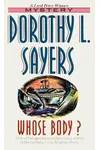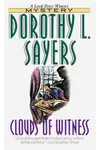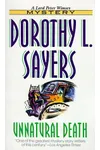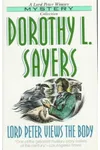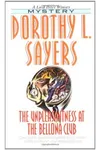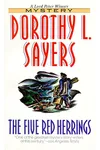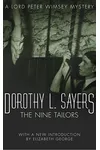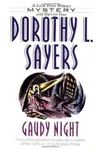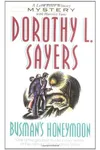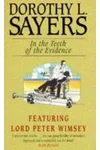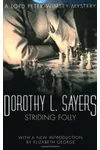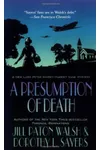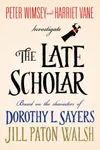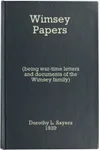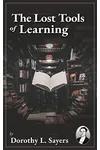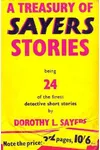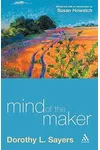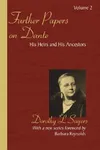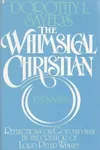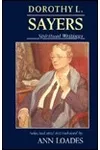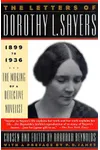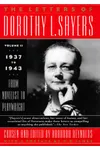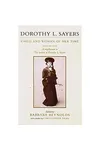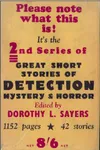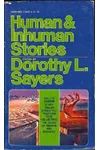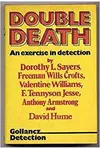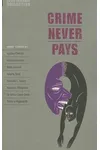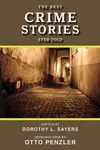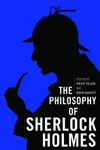Picture a British storyteller who spun witty mysteries and breathed new life into Dante’s epic poetry—meet Dorothy L. Sayers! Born in 1893, this Oxford-educated dynamo revolutionized detective fiction with her charming sleuth, Lord Peter Wimsey, while juggling careers in playwriting, theology, and advertising. Her razor-sharp intellect and versatile pen made her a 20th-century literary legend.
From crafting page-turning whodunits to translating medieval masterpieces, Sayers lived a life as vibrant as her stories. Let’s dive into her world, where clever plots and profound ideas collide!
The Making of Dorothy L. Sayers
Born on June 13, 1893, in Oxford, England, Dorothy Leigh Sayers was the daughter of a clergyman and grew up steeped in books and ideas. She won a scholarship to Somerville College, Oxford, earning first-class honors in modern languages in 1915—a rare feat for women at the time. After graduating, Sayers dipped her toes in publishing and advertising, famously coining catchy slogans for Guinness. Her love for storytelling, however, led her to fiction, where she’d soon make her mark.
Influenced by her academic roots and a knack for wit, Sayers began writing detective novels in the 1920s, blending scholarly precision with playful prose. Her early career was a juggling act, but it shaped her into a literary powerhouse.
Dorothy L. Sayers’s Unforgettable Stories
Sayers’s Lord Peter Wimsey series redefined detective fiction. Her aristocratic sleuth, introduced in Whose Body? (1923), charmed readers with his monocle, banter, and knack for cracking cases. Unlike the formulaic mysteries of her era, Sayers’s novels, like Strong Poison (1930), wove complex characters and romance—enter Harriet Vane, a mystery writer who became Wimsey’s intellectual equal and love interest.
Her style sparkled with humor, social commentary, and meticulous plots. Gaudy Night (1935), set in an Oxford college, tackled feminism and academia, earning praise as a literary milestone. Beyond mysteries, Sayers’s translation of Dante’s Divine Comedy (1949–1962) showcased her poetic flair, capturing the epic’s grandeur with accessible elegance. She considered this her greatest work, a testament to her scholarly soul.
Sayers also penned plays, like The Zeal of Thy House (1937), and essays on Christian theology, blending wit and wisdom. Her versatility made her a standout, whether crafting radio dramas or dissecting medieval literature.
Why Dorothy L. Sayers Matters
Sayers didn’t just write mysteries—she elevated them, blending brainy plots with human depth, paving the way for modern crime fiction. Her feminist undertones, seen in Harriet Vane’s independence, challenged gender norms, while her theological works influenced Christian thought. Her Dante translation remains a gold standard, making a 14th-century epic feel fresh.
Today, Sayers’s legacy thrives in mystery fandom, academic circles, and even advertising lore. Her ability to wear many hats—novelist, scholar, playwright—makes her a timeless inspiration for creators who dare to defy convention.
About Dorothy L. Sayers
- Born: June 13, 1893, Oxford, England
- Key Works: Whose Body? (1923), Strong Poison (1930), Gaudy Night (1935), Dante’s Divine Comedy translation (1949–1962)
- Notable Achievement: One of the first women to graduate from Oxford with first-class honors
- Died: December 17, 1957
Snag Gaudy Night or her Dante translation and dive into Dorothy L. Sayers’s brilliant blend of mystery, wit, and wisdom!
